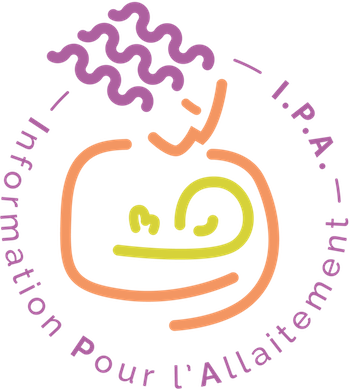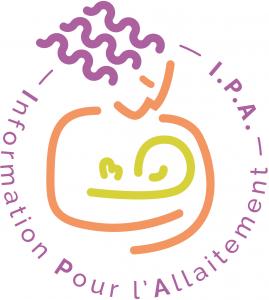Détail de l'auteur
Auteur Nicole Yonke |
Documents disponibles écrits par cet auteur (2)
 Ajouter le résultat dans votre panier Faire une suggestion Affiner la recherche
Ajouter le résultat dans votre panier Faire une suggestion Affiner la rechercheArticle : texte imprimé
Nicole Yonke, Auteur ; Rebekah Maston, Auteur |Background: Women taking methadone or buprenorphine are encouraged to breastfeed if stable without polysubstance use. Research Aim: We aimed to determine the difference between stated intention to breastfeed prenatally in women taking metha[...]Article : texte imprimé
Nicole Yonke, Auteur ; Elizabeth Yakes Jimenez, Auteur ; Lawrence Leeman, Auteur ; Yuridia Leyva, Auteur ; Alyssa Ortega, Auteur ; Ludmila Bakhireva, Auteur |Background: Women with opioid use disorder (OUD) are encouraged to breastfeed, but have lower breastfeeding rates than the general population. Objective: We examined self-reported barriers and motivators for breastfeeding in women with OUD an[...]






